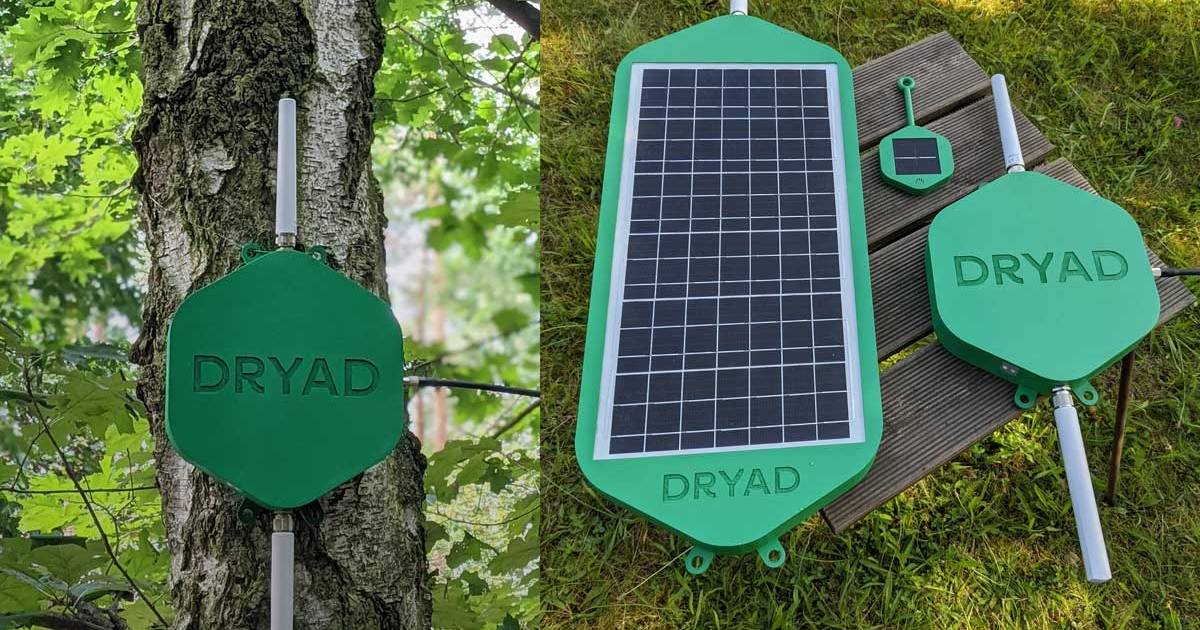
Readers, we are officially one week into May. This, for any unfamiliar, is observed as Wildfire Awareness Month.
And the importance of raising this awareness?
It cannot be overstated.
In 2023, wildfires in the U.S. (in Maui, California, Washington, Oregon, etc.) and in Canada, Greece and Chile took over our news cycles, wreaking fiery havoc and destruction. Having witnessed awful spikes in wildfires, there are a number of proactive measures that folks can take. These include:
- Remove dead vegetation and any flammable materials away from one’s residence or office building, for example.
- Invasive grasses, in many areas, can create hazards. Weeding them often and potentially replanting with drought-tolerant, native ground cover is advised (where applicable).
- Remove leaves, needles, wood, bark mulch, and other debris from roofs and gutters, and approximately 100 feet away from buildings (or to the property line).
- Keep firewood piles and lumber at least 30 feet away from any structure.
These, depending on one’s area, are sensible wildfire prevention measures that can be exercised.
But still, it often isn’t enough. What else can be done?
In this vein, Dryad Networks has several answers.
We’ve covered Dryad here on IoT Evolution before; this past January, we penned an article about Dryad’s Ultra Early Wildfire Detection technologies – namely, its large-scale IoT network of sensors that can detect wildfires and provide valuable forest analytics, as well as other insights and monitoring solutions for public and private forested areas. (Read that story here.)
Since then, I was granted the opportunity to speak at length with Carsten Brinkschulte, Dryad Networks co-founder and CEO. At the top of our conversation, Brinkschulte began with a great quote concerning wildfire detection and new artificial intelligence (AI) and machine learning (ML) technologies:
“This is so important to us,” Brinkschulte said. “If you want to detect fires, you must make sure you don’t have false positives. And while every system encounters these, the intention is to keep that number as low as possible while remaining sensitive to how real fires act and how we can be proactive, rather than reactive.”
Brinkschulte detailed this philosophy – the intent for accuracy and a keen IoT-driven eye for sensitivity – even further.
“We use ML to achieve this. We train our models on the different smells that you can be exposed to; we run tests with clean forest air – every forest smells different, after all – and we run tests against scents generated by full-blown wildfires themselves.”
“Basically what we have,” Brinkschulte explained, “are 'electronic noses.' We have devices with gas sensors that provide a fingerprint, if you will, of the gas composition. We then expose this to our ML algorithm, which is trained to distinguish between the different types of smells in our laboratory.”
Decades ago, this would sound like pure science fiction.
Not anymore.
Dryad is able to make its technologies “smell” fires by bringing organic forest material – redwood, pine, eucalyptus, and plenty of other responsibly harvested samples – and burning them in a highly controlled setting. Think of a tube with two glass boxes on either side; in one box is the material being burned to generate fumes, and this then travels through the tube to the other box where Dryad’s sensors are able to track the gas composition and essentially read the data.
“It’s our training lab, our gym for the sensors,” Brinkschulte teased. “We are legitimately training our sensors hard; we suck out all the data we can, compile the smoke data from the testing lab, and create greater accuracy for future sensor and gateway developments so wildfires can be tracked.”
This is what Brinkschulte began to describe as Dryad’s IoT – its “Internet of Trees,” in a sense.
“This is just one of our strategies,” he affirmed. “We want to be an impact-for-profit driver of true environmental impact. We want to create more technology that proves invaluable for power line companies, municipalities, and so on. The world is heating up as ‘mega-fires’ rage, and we are on a mission to make a difference.”
“This isn’t just empty PR or buzzword marketing. This is as real as it gets.”
I also spoke with Carsten about (and quite sadly) how approximately 85% of wildfires begin not with random lightning, but human error. Be it technical faults in a power line or a railroad, user mistakes or, to the worst degree, arson – wildfires are a persistent issue.
Dryad Networks seeks to simplify and save lives; to shorten reaction times for firefighters and other emergency response personnel.
“We have more than 50 global installations, and our Internet of Trees is still growing. Ideally, we’ll be able to measure soil moisture and combine that data with our ‘smell’ sensors. Perhaps IoT technology that rapidly detects chainsaw activity in an area, or even gunshots from poaching that can result in devastating situations for forestlands.”
“We want to do more, and we will.”
Learn more here about Dryad’s commitment to protecting our planet’s vital ecosystems.
Edited by
Greg Tavarez





